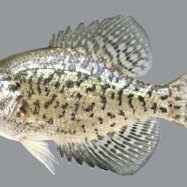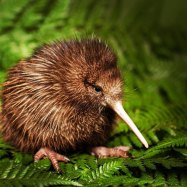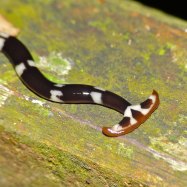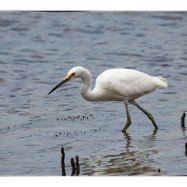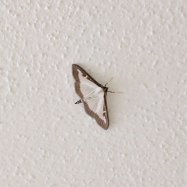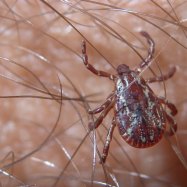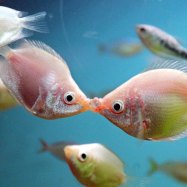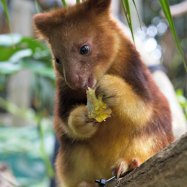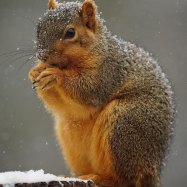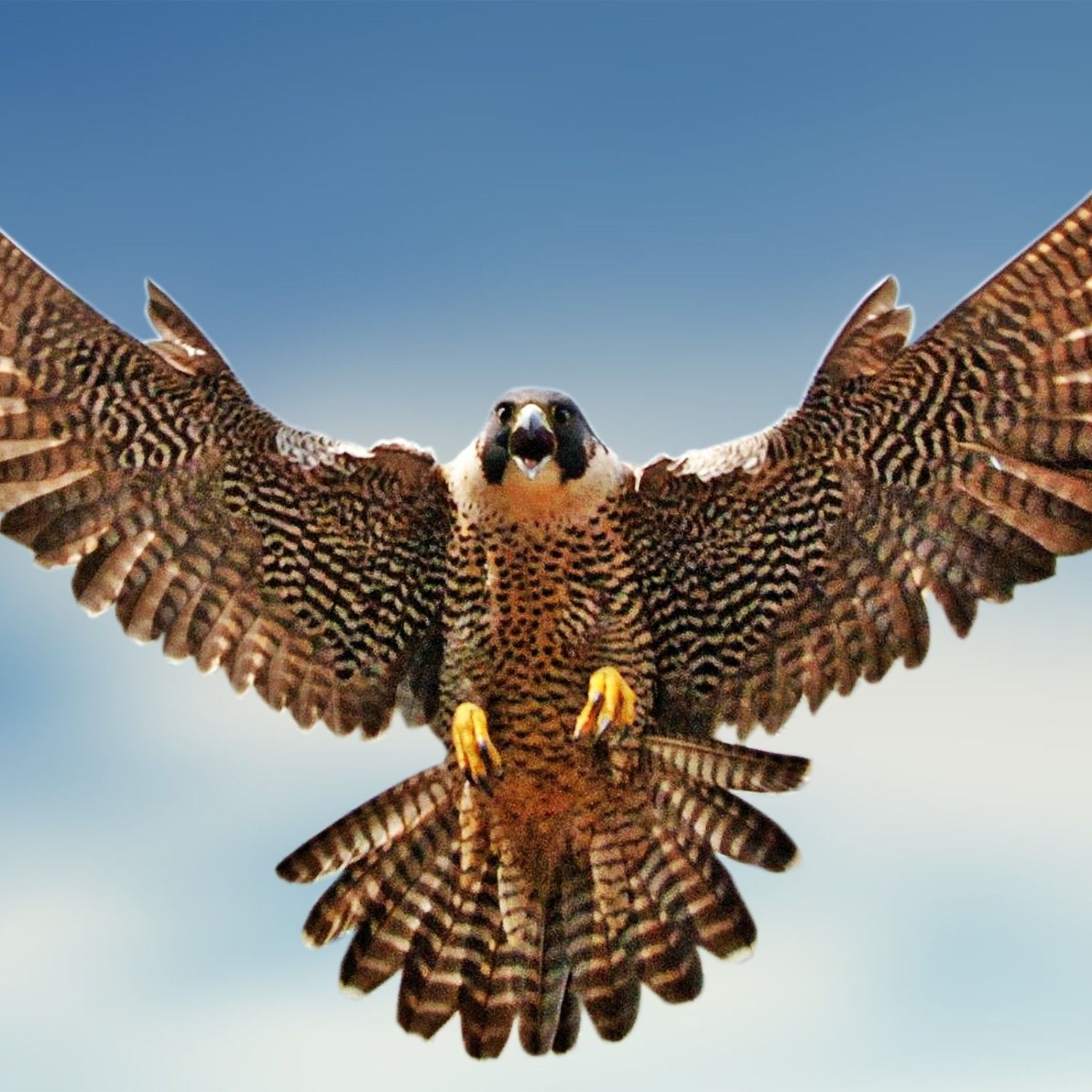
Falcon
35 to 50 centimeters
Falcons are impressive birds of prey known for their speed and agility in flight. They belong to the Falconidae family and have a sleek, aerodynamic body with long, pointed wings. With a length of 35 to 50 centimeters, falcons are skilled hunters and can be found all around the world. Keep an eye out for these majestic creatures soaring in the sky! #Falcon #BirdsofPrey #AnimalFacts
Animal Details Summary:
Common Name: Peregrine Falcon
Kingdom: Animalia
Habitat: Open areas such as mountains, forests, coastlines, and cities
The Peregrine Falcon: Exceptional Speed and Hunting Skills
The natural world is full of majestic creatures, each with their unique features and abilities. However, one bird stands out among the rest for its impressive speed and hunting skills – the Peregrine Falcon, scientifically known as Falco peregrinus.As its name suggests, the Peregrine Falcon is a bird of prey that belongs to the Falconidae family and the Falconiformes order. With its striking appearance and incredible abilities, the Peregrine Falcon has captured the hearts and minds of many, making it a popular subject for wildlife enthusiasts, researchers, and falconers alike Falcon.
But what makes the Peregrine Falcon stand out? Let's dive deep into its characteristics, behavior, and habitat to unveil the secrets of this remarkable bird.
The Kingdom, Phylum, and Class of the Peregrine Falcon
The Peregrine Falcon belongs to the kingdom Animalia, indicating that it is a multicellular organism capable of movement and ingestion. Its phylum is Chordata, which means that it possesses a notochord or backbone, along with a dorsal nerve cord and pharyngeal gill slits at some point in its life. Finally, the Peregrine Falcon belongs to the class Aves, indicating that it is a bird with feathers, beaks, and wings.Appearance and Characteristics of the Peregrine Falcon
The Peregrine Falcon is a medium-sized bird with a length ranging from 35 to 50 centimeters and a weight of 0.7 to 1.1 kilograms. Its body shape is sleek and aerodynamic, with long, pointed wings that enable it to reach high speeds while flying. These features, coupled with its exceptional eyesight and powerful talons, make the Peregrine Falcon a formidable hunter Flea Beetle.In terms of coloration, the Peregrine Falcon varies, but it is typically dark gray or brown on top and lighter below. This color pattern is known as "countershading," which helps the bird blend in with its surroundings and remain camouflaged while hunting.
The Peregrine Falcon also has a distinctive facial pattern, with a "mustache" marking below its eyes and a black wedge-shaped patch on its cheeks. These markings, combined with its sharp beak and piercing eyes, give the bird a fierce and intimidating appearance.
Habitat and Distribution of the Peregrine Falcon
In the wild, the Peregrine Falcon can be found in various habitats, including open areas such as mountains, forests, coastlines, and even cities. This adaptability to different environments has allowed the bird to have a widespread distribution, with populations found throughout the world.While the Peregrine Falcon is native to most continents, including North America, Europe, and Asia, it can also be found in parts of Africa, South America, and Australia. This global distribution is due to the bird's ability to thrive in various environments and its remarkable migratory behavior.
Feeding Behaviors of the Peregrine Falcon
The Peregrine Falcon is a carnivorous bird, meaning that it hunts and feeds on other animals. Its diet mainly consists of small to medium-sized birds, including pigeons, doves, ducks, and smaller birds of prey. The Peregrine Falcon is known for its efficient hunting skills, and it can reach speeds of up to 390 kilometers per hour when diving to catch its prey.This incredible speed is what makes the Peregrine Falcon the fastest animal in the world. It uses a tactic known as a "stoop," where it flies high in the air and then dives down at incredible speeds to catch its prey by surprise. This hunting technique requires exceptional eyesight and precise coordination, making the Peregrine Falcon one of the most skilled predators in the animal kingdom.
The Role of the Peregrine Falcon in its Ecosystem
As a top predator, the Peregrine Falcon plays a crucial role in its ecosystem. By controlling the population of smaller birds, the Peregrine Falcon helps maintain a balance in the food chain and prevents the overpopulation of certain species. Furthermore, the Peregrine Falcon's presence in an area signifies a healthy environment, as it requires an abundance of prey to thrive.The Relationship between Humans and the Peregrine Falcon
Throughout history, humans have had a complex relationship with the Peregrine Falcon. In ancient times, the bird was revered for its speed and hunting prowess and was often depicted in art and literature.However, in more recent times, the Peregrine Falcon's population has declined due to human activity. The use of harmful pesticides and hunting practices has had a significant impact on the bird's populations, especially in the mid-1900s. Fortunately, with conservation efforts and the banning of DDT, a harmful pesticide, the Peregrine Falcon's population has seen a steady increase, and it is no longer considered a threatened species.
The Role of Technology in Studying the Peregrine Falcon
Studying the behavior and habits of the Peregrine Falcon has been a challenging task for researchers and scientists due to their elusive nature and high-flying abilities. However, with advancements in technology, monitoring these birds has become more accessible and more accurate.One technology that has revolutionized the study of Peregrine Falcons is satellite tracking. By attaching small, lightweight transmitters to the birds, scientists can track their movements, migration patterns, and even hunting behaviors. This information has provided invaluable insights into the lives of these birds and has helped researchers develop effective conservation strategies.
Conclusion
In conclusion, the Peregrine Falcon, with its exceptional speed and hunting skills, is a remarkable bird that has captured our imagination for centuries. Its adaptability, impressive abilities, and vital role in its ecosystem make it a significant species worth protecting. As we continue to learn more about this fascinating bird, it is crucial that we strive to coexist harmoniously with nature and preserve the diversity of our planet's wildlife.

Falcon
Animal Details Falcon - Scientific Name: Falco peregrinus
- Category: Animals F
- Scientific Name: Falco peregrinus
- Common Name: Peregrine Falcon
- Kingdom: Animalia
- Phylum: Chordata
- Class: Aves
- Order: Falconiformes
- Family: Falconidae
- Habitat: Open areas such as mountains, forests, coastlines, and cities
- Feeding Method: Carnivorous
- Geographical Distribution: Worldwide
- Country of Origin: N/A
- Location: N/A
- Animal Coloration: Varies, but typically dark gray or brown on top and lighter below
- Body Shape: Sleek and aerodynamic with long, pointed wings
- Length: 35 to 50 centimeters
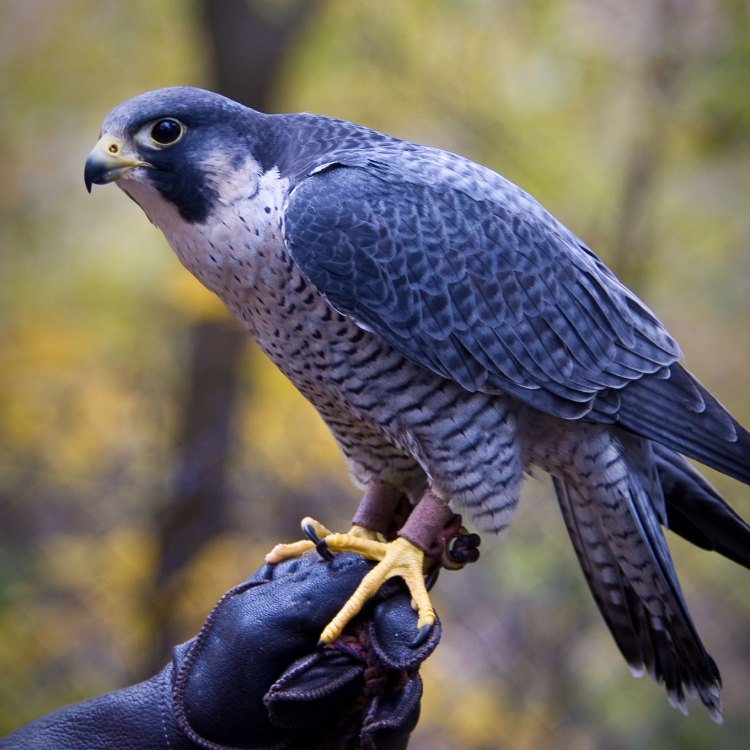
Peregrine Falcon
- Adult Size: Medium to large
- Average Lifespan: 10 to 15 years
- Reproduction: Sexual
- Reproductive Behavior: Monogamous
- Sound or Call: Loud, high-pitched screech
- Migration Pattern: Migratory, with some populations being resident
- Social Groups: Solitary or in small groups
- Behavior: Aggressive hunters and excellent aerial maneuverability
- Threats: Loss of habitat, pollution, and hunting
- Conservation Status: Least Concern
- Impact on Ecosystem: Help control populations of their prey species
- Human Use: Falconry
- Distinctive Features: Dagger-like beak and powerful talons
- Interesting Facts: Fastest animal in the world, reaching speeds over 240 miles per hour (386 kilometers per hour) during hunting dives
- Predator: Few natural predators, but eggs and young may be preyed upon by large birds of prey and mammals
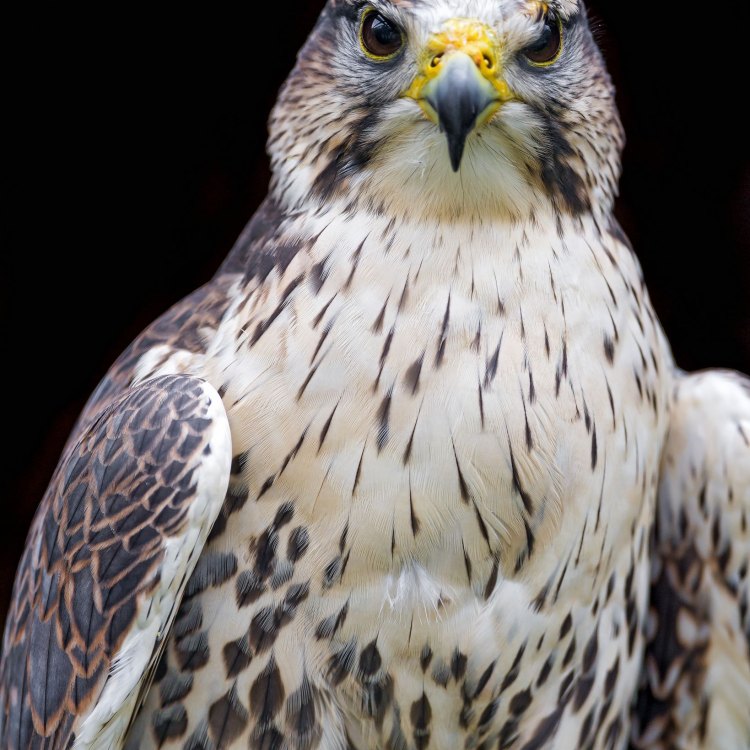
Falco peregrinus
Falcon: A Mighty Hunter of the Skies
Fierce, agile, and mysterious, falcons have long captured the imagination of humans. With their impressive speed, sharp talons, and piercing calls, they are a symbol of power and grace in the animal kingdom. These birds of prey are found all over the world, ranging from the Arctic tundra to the deserts of Africa. In this article, we will explore the unique features of falcons, their behavior, and their impact on the ecosystem PeaceOfAnimals.Com.Adult Size: Medium to Large
Falcons are medium to large-sized birds, with an average length of 12 to 24 inches (30 to 60 centimeters) and a wingspan of 2 to 4 feet (60 to 120 centimeters). The exact size of a falcon depends on the species, with the smallest being the pygmy falcon, which is only about 7 inches (18 centimeters) long, and the largest being the gyrfalcon, which can reach up to 24 inches (60 centimeters) in length.
Average Lifespan: 10 to 15 Years
On average, falcons live for 10 to 15 years in the wild, but some species can live up to 18 years. In captivity, some falcons have been known to live for over 25 years. Their lifespan is affected by various factors such as availability of food, habitat, and the presence of predators.
Reproduction: Sexual
Falcons have a sexual mode of reproduction, which means that they have distinct male and female sexes. During the breeding season, male falcons use aerial displays to attract a mate. Once paired, they will remain monogamous for the season.
Reproductive Behavior: Monogamous
Falcons are known to be monogamous during the breeding season Fruit Fly. This means that they have only one mate throughout the period and will not seek out other partners. This behavior allows them to focus on raising and protecting their offspring.
Sound or Call: Loud, High-Pitched Screech
If you've ever heard the cry of a falcon, you know that it can be quite piercing. These birds have a loud, high-pitched screech that helps them communicate with other falcons and defend their territory. This call is also an important part of their hunting strategy, as it can disorient and distract their prey.
Migration Pattern: Migratory, with Some Populations Being Resident
While falcons are known for their incredible speed and aerial maneuverability, they also have another impressive feat: long-distance migration. Many falcon species are migratory, meaning that they travel long distances to find food and suitable breeding grounds. However, some populations, particularly those in warmer areas, may choose to stay in their resident areas year-round.
Social Groups: Solitary or in Small Groups
Unlike other birds of prey such as eagles or vultures, falcons are typically solitary birds. They prefer to hunt and live alone, except during the breeding season when they pair up with a mate. However, some falcon species may form small groups for hunting or roosting, especially during the colder months.
Behavior: Aggressive Hunters and Excellent Aerial Maneuverability
Falcon behavior is characterized by incredible hunting skills and aerial agility. These birds are skilled hunters, with a highly specialized technique of diving down on their prey at high speeds. They have large, powerful talons and a dagger-like beak, which they use to catch and kill their prey with precision. Their excellent aerial maneuverability allows them to change direction quickly, making them formidable hunters in the sky.
Threats: Loss of Habitat, Pollution, and Hunting
Like many other animals, falcons face various threats to their survival, including loss of habitat, pollution, and hunting. Human activities, such as deforestation and urbanization, have led to a decline in falcon populations as they lose their natural hunting and breeding grounds. Pollution, such as pesticides, can also harm falcons and their prey, affecting their reproductive success. Finally, illegal hunting for falconry is also a major threat, particularly in the Middle East and Central Asia, where falconry is a popular sport.
Conservation Status: Least Concern
Despite the threats they face, falcons are currently listed as "Least Concern" on the IUCN Red List of Threatened Species. This means that their population is stable, and there are no immediate concerns about their survival. However, their status could change if conservation efforts are not put in place to protect their habitats and reduce human impacts.
Impact on Ecosystem: Help Control Populations of Their Prey Species
Falcons play a crucial role in the ecosystem as top predators. By controlling the population of their prey species, they help maintain a balanced food chain and prevent overgrazing or overpopulation of certain species. Their presence in an ecosystem is an essential indicator of its overall health, and their decline could have severe repercussions on other species in the food chain.
Human Use: Falconry
Falcons have long been associated with human use, particularly in the ancient art of falconry. Falconry is a sport that involves training falcons to hunt for game, typically small mammals or birds. This practice has been around for thousands of years and is still a popular tradition in many parts of the world, particularly in the Middle East, Asia, and Europe.
Distinctive Features: Dagger-Like Beak and Powerful Talons
Of all the bird species, falcons are easily recognizable due to their distinctive features. They have a sharp, dagger-like beak that is used to break the necks of their prey, and powerful talons that can exert immense pressure to hold onto their prey. These features, combined with their speed and agility, make them one of the most fearsome predators in the sky.
Interesting Facts: Fastest Animal in the World, Reaching Speeds over 240 Miles per Hour (386 Kilometers per Hour) during Hunting Dives
As if their hunting skills weren't impressive enough, falcons are also known as the fastest animal in the world. The peregrine falcon, in particular, can reach astonishing speeds of over 240 miles per hour (386 kilometers per hour) during their hunting dives. This makes them not only the fastest bird but also the fastest animal on the planet.
Predator: Few Natural Predators, but Eggs and Young May Be Preyed Upon by Large Birds of Prey and Mammals
While falcons have fierce hunting skills, they do have some natural predators, mostly while they are young and vulnerable. Large birds of prey, such as eagles and hawks, may prey on falcon eggs and chicks. Additionally, mammals such as raccoons, coyotes, and foxes may also pose a threat to falcons.
In conclusion, falcons are truly a remarkable species with unique features, impressive behavior, and an important role in the ecosystem. While they may face some threats, their population is currently stable, and it is our responsibility to ensure their survival for generations to come. So, the next time you see a falcon soaring in the sky, take a moment to appreciate their incredible abilities and their place in the natural world.
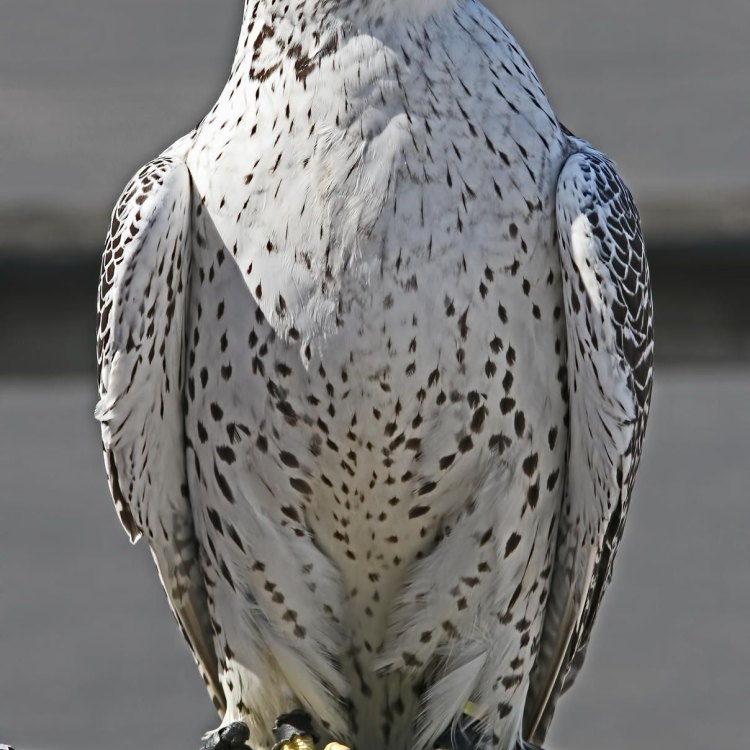
The Peregrine Falcon: Exceptional Speed and Hunting Skills
Disclaimer: The content provided is for informational purposes only. We cannot guarantee the accuracy of the information on this page 100%. All information provided here may change without prior notice.


